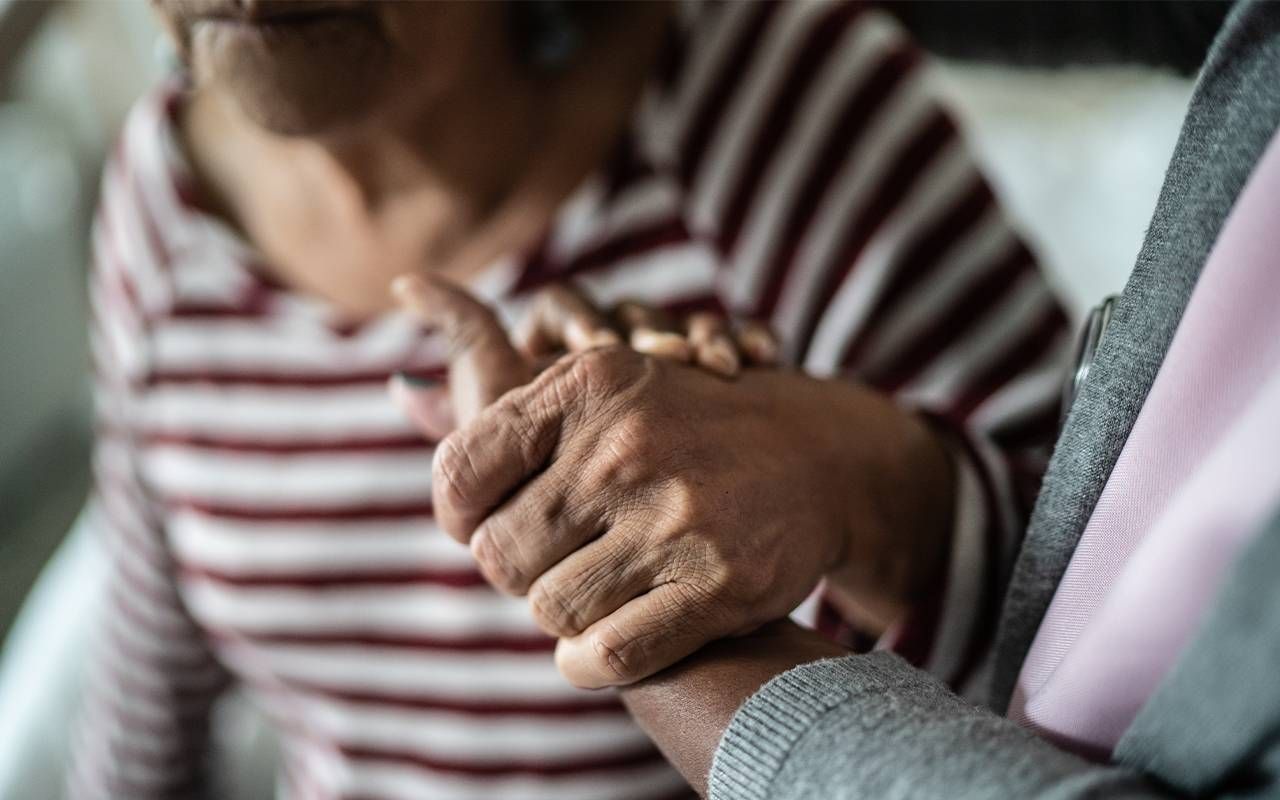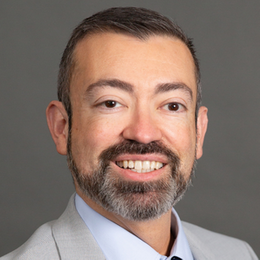The Caregiving System We Want Begins with Supporting Caregivers
For our country's 53 million family caregivers, we identified actionable changes that would improve our system of care
Most older adults prefer to age in their homes when asked where they would like to live long-term. So many of us create homes designed and modified to our needs and preferences, rooted in communities that offer us friendships, reliable resources and years of memories with loved ones.

Family caregivers are often too emotionally, financially and physically strained to offer comprehensive support.
Why would we want to leave our havens when we reach a certain age? Yet this ideal remains elusive for millions of Americans, who now grapple with inflationary impacts on their household budgets with a global recession looming, forcing older adults to make especially tough choices.
Additionally, almost all of us will need support as we age — some combination of family members, friends and paid caregivers (i.e., direct care workers). However, family caregivers are often too emotionally, financially and physically strained to offer comprehensive support.
In a COVID-19 era, which has upended millions of lives, the prophetic words of former First Lady Rosalynn Carter ring more accurate than ever: "There are only four kinds of people in the world —those who have been caregivers, those who are caregivers, those who will be caregivers, and those who will need caregivers."
One of us is a professor and experienced researcher in the public health field, and the other helps lead the country's premier organization on direct care workers (i.e., home care workers, residential care aides, and nursing assistants). We agree on some things but disagree on others.
But, for an entire year and over several intensive meetings, we collaborated as part of the Convergence Dialogue on Reimagining Care for Older Adults sponsored by The John A. Hartford Foundation (The John A. Hartford Foundation provides financial support to Next Avenue) with more than 30 leading experts and practitioners in the aging and long-term care sectors to arrive at a shared vision for reimagining the care systems that support older adults in this country.
Three Priority Areas
Among three priority areas described in the group's final consensus report, our expert committee affirmed that our country must "ensure there are enough qualified direct and family caregivers to provide needed care and support."
Our expert committee affirmed that our country must "ensure there are enough qualified direct and family caregivers to provide needed care and support."
Doing so requires dedicated policy and industry support that elevates the economic security, job quality and public value of family caregivers and direct care workers who together form the backbone of our care system.
For our country's 53 million family caregivers, a population that surges yearly, we identified actionable changes that would improve our system of care. These include increased investments in coaching, training, and counseling and increased economic support for family caregivers, many of whom reduce their work hours, stall their careers and spend their income and savings to support a loved one.
Direct care workers — who at 4.6 million nationwide make up a population more significant than any other single occupation in the U.S.— are the other side of this caregiving coin.
A large-scale awareness campaign focused on increasing public recognition of these workers, and their challenges, elevated compensation and other job quality improvements, and a national strategy to build a pipeline to feed this job sector are all actions that would ultimately benefit those who care for older adults.
A Call for Investment in Caregiving
We also propose a federally convened working group to establish a national minimum set of core competency standards across long-term care settings, which would help address the profound variance in training requirements for these workers.
Yet, perhaps the actions that hold the most promise for caregivers, both paid and unpaid, are the ones that speak to both family caregivers and direct care workers as a joint effort. For example, we call for investment in matching service registries (seamlessly linking caregivers and those needing care); these need to be improved in most states and are often under-resourced.
They should be made available in every state to help consumers (family caregivers, older adults and people with disabilities) and direct care workers find each other based on their preferences, needs and availability.
Imagine if we began reimagining our caregiving system with one that's community-integrated and person-centered.
Finally, we call for a public-private investment in research and demonstration projects to discern how to strengthen the relationship between family caregivers and direct care workers in a home care setting. In our experience, this topic of the dyad relationship between these two entities — in partnership with the client — remains virtually neglected.
The economic burdens of the current system are formidable for family caregivers and direct care workers. Eight in 10 family caregivers have regular costs related to caregiving, an average expenditure of $7,000. Meanwhile, 40% of direct care workers live in or near poverty. We can only fix the system by directly addressing these burdens.
Imagine if we began reimagining our caregiving system with one that's community-integrated and person-centered. Imagine if family caregivers and direct care workers were adequately valued, compensated and recognized for their essential roles. Finally, imagine what we could do if we worked together and made this vision happen.
It would be marvelous if we put effort into implementing some of these changes.



